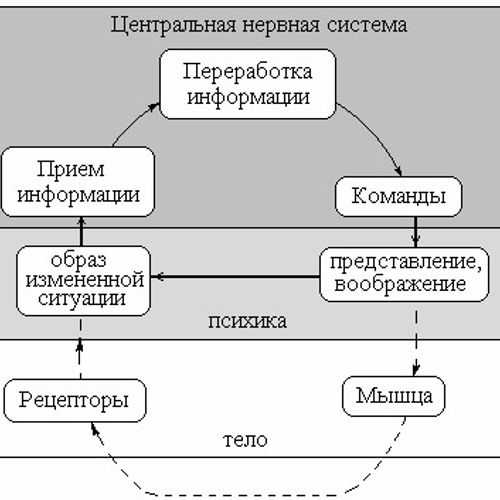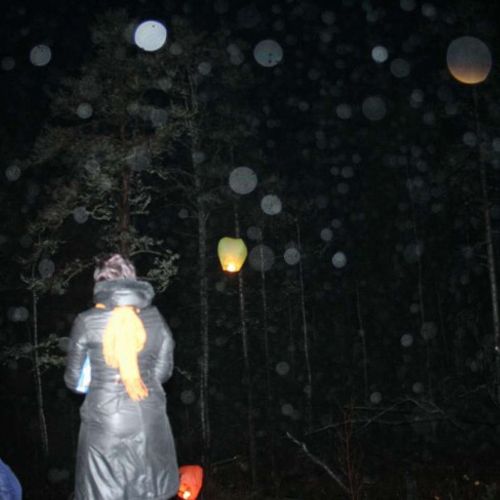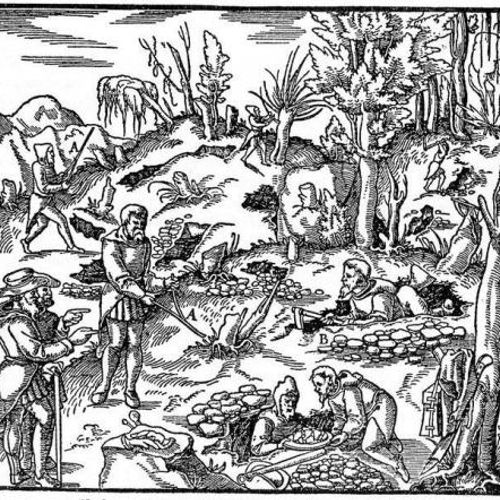
| Added | Tue, 24/10/2017 |
| Sources | |
| Феномены | |
| Version type |
Ideomotor act (from al-Greek. ἰδέα idea, image, lat. motor — driving and actus — motion, action)
The transition of ideas about the movement of muscles in the actual execution of the movement (in other words, the appearance of nerve impulses that provide the movement as soon as there is a representation of it).
The principle of ideomotor acts was opened in the XVIII century English physician D. Hartley and developed by the English psychologist W. carpenter (1852).
The term "ideomotor" was first used in a scientific article, which discussed the ways in which these spiritual phenomena had the effect of William Benjamin carpenter in 1852 (the alternative term "carpenter effect"). In his article, carpenter explained his theory that muscular movement can be independent of conscious desires or emotions.
Initially it was thought that ideomotor acts are completely involuntary, unconscious, and usually have a mild spatial characteristics. However, further studies showed that the movements accompanying the submission of motions, is not always classified as involuntary and that the muscle contractions that cause data movement can be perceived.
In addition, these studies show that “honest, intelligent people can unconsciously engage in muscular activity that corresponds to their expectations” (Hyman, 1999). They also proved that the suggestion underlying the behavior, can be very subtle and elusive for the subject (Hyman 1977).
Carpenter argued that muscular movement can be initiated by the mind independently of volition or emotions. William James elaborated on the ideas of a carpenter, claiming that ideomotor activity was the basic process underlying all volitional behavior.
Ideomotor acts, by I. M. Sechenov, directly relate to the idea that thought is a reflex, which to some extent inhibited in their extreme motor parts. This reflex arc passes through the neurons of the main mental body – the bark of the big hemispheres of the brain. I. M. Sechenov argued that stimulation of afferent cells will certainly contribute to the corresponding movement.
Currently, there are two points of view on the physiological mechanism of ideomotor acts.
The first is based on the ideas of I. P. Pavlov, according to which an act of ideomotor controlled effector impulses coming from certain cells of the cerebral cortex:
If you think about a certain move, you could not help it, not noticing produce. (1936)
The second point of view assumes the position of ring the regulation of movements (N. A. Bernstein).
The act of ideomotor controlled by feedback signals coming from the organs of movement. Sensitivity to invisible to an external observer the micro-movements of muscles in ideomotor act allows you to guess conceived by another person, and involuntarily produced them move.
The manifestation of ideomotor act can be found in everyday life (e.g. mountaineers during climbing to great heights and staying on the edge of the cliffs is often difficult to overcome the impression that they are drawn into the abyss; this impression is so strong that they have to make an effort to move away from the dangerous edge.
The reason is that the idea of the drop down is now appropriate rudimentary motion fall towards the abyss), and with respect to the mystical ideas of man (e.g., spiritualism , and dowsing).
The fact that many phenomena attributed to spiritual or paranormal forces, in fact, be due to the ideomotor effect has shown, for example, research by American psychologist William James, French chemist Michel Sevres, English scientist Michael Faraday, and American psychologist ray Hyman.
Translated by «Yandex.Translator»
Related facts
Related news
Related articles
Log in or register to post comments









